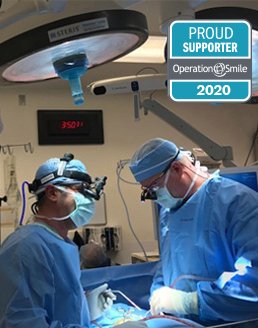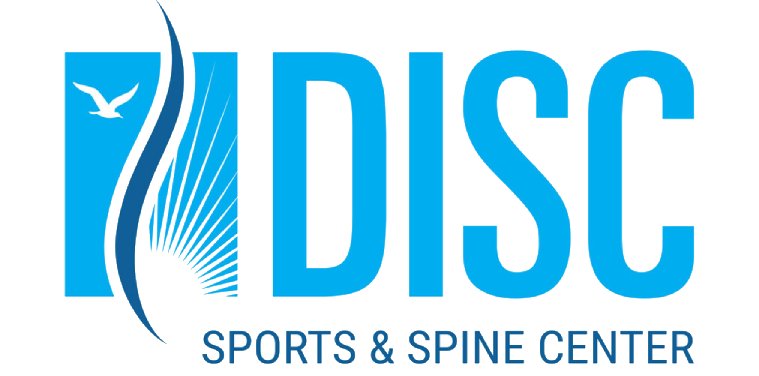Spondylolisthesis
Spondylolisthesis Treatment in Newport Beach
Spondylolisthesis occurs when one of the vertebra slips out its position in the spine onto the bone below or above it. Anterolisthesis is forward slippage of an upper vertebra on a lower vertebra, while backward slippage is referred to as retrolisthesis. Spondylolisthesis can lead to a deformity of the spine as well as a narrowing of the spinal canal (spinal stenosis) or compression of the exiting nerve roots (foraminal stenosis).
Pediatric spondylolisthesis typically occurs between the fifth bone of the lower back (lumbar vertebra) and the first bone in the pelvis area. This is often due to an injury, fracture or a birth defect in that area of the spine.
In adults, spondylolisthesis is caused by aging and the abnormal degeneration of the cartilage and bones, such as arthritis. Some sports activities that put a lot of stress on in the lower back can also cause spondylolisthesis, such as weight lifting or gymnastics. A stress in the spine can cause the spinal bone to weaken and shift out of position.
Bone disease and fractures can also cause spondylolisthesis. Certain sport activities put a great deal of stress on the bones in the lower back. They also require that the athlete constantly overstretch (hyperextend) the spine. This can lead to a stress fracture on one or both sides of the vertebra. A stress fracture can cause a spinal bone to become weak and shift out of place.
Patients with spondylolisthesis may show or feel no symptoms. The condition can produce increased lordosis (swayback) or kyphosis (roundback) in later stages as the upper spine falls off the lower spine.
Symptoms may include:
Lower back pain
Pain, numbness or tingling sensation in the back of the legs, thighs and buttocks
Muscle tightening
Weakness in the legs
Stiffness
Tenderness in the affected are of the spine
To diagnose spondylolisthesis, your Newport Beach orthopaedic surgeon, Dr. Todd Peters will perform a complete and thorough physical examination as well as a medical history check. He may also request X-Rays, MRIs, and CT scans to better assess your case.
X-Rays – A type of quick imaging process using electromagnectic waves to better show Dr. Peters bones of the body to pinpoint possible sources of pain.
Magnetic Resonance Imaging (MRI) – This type of imaging uses radiology to show Dr. Peters the soft tissues of the body like muscles, disks, nerves, and the spinal cord.
Computerized tomography (CT) – CT scans are X-ray scans taken from various angles to create a cross-section of bones and soft tissues of the body.
- Steriod/Epidural injections
- Acupuncture
- Pain medication
In severe cases, Dr. Peters may recommend surgical spine treatments.
Dr. Todd Peters specializes in minimally invasive orthopaedic surgery to treat Spondylolisthesis. For appointments, please call (949) 383-4182 or Contact Us.





